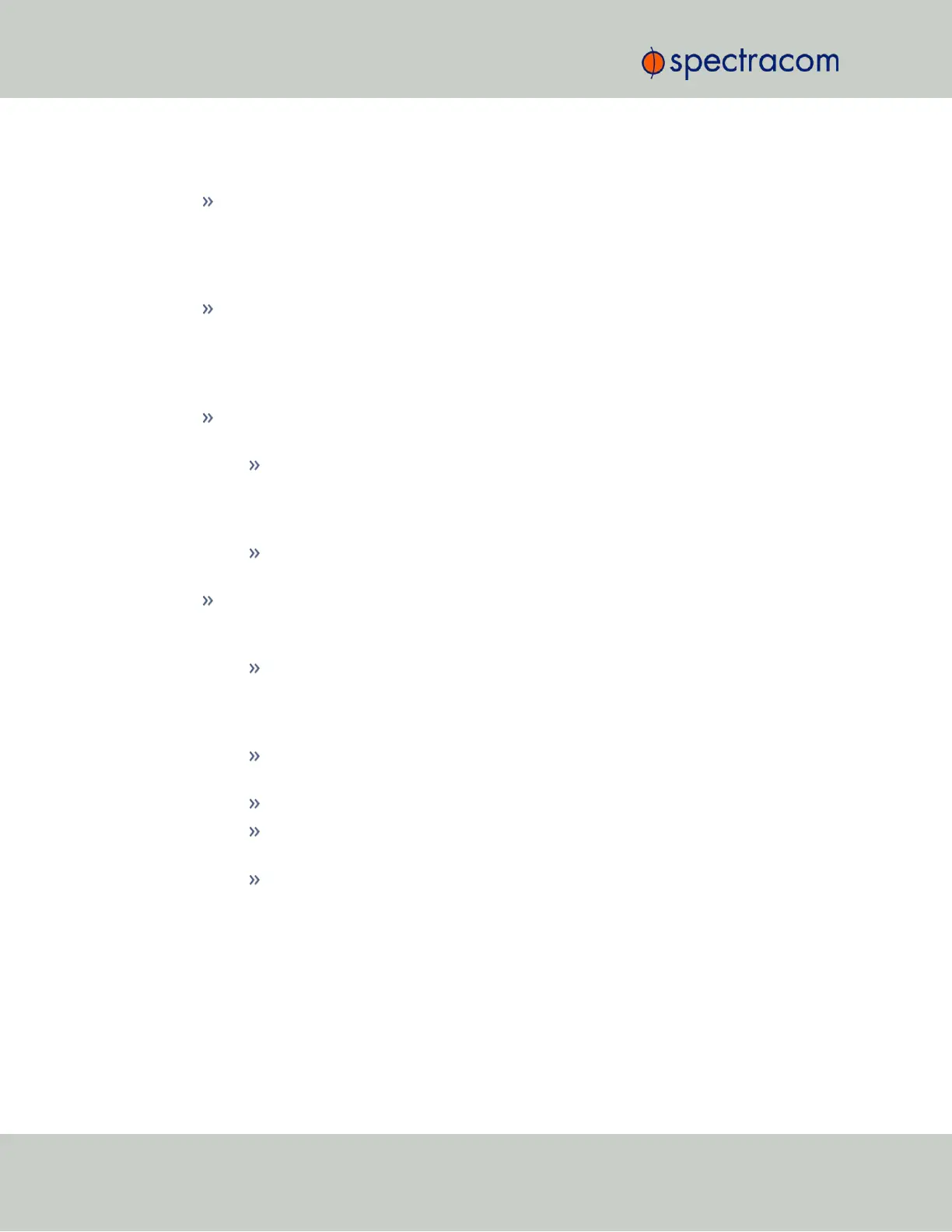The Edit window allows the configuration of the following settings:
Signature Control: Signature Control controls when messages will be broadcast in
response to events on the Event Input (J2) port when events are enabled and the card is
in “broadcast” mode. (Events are still queued even if they are not broadcast, and are
transmitted once the signature control conditions permit.) For more information on Sig-
nature Control, see "Signature Control" on page141.
Format: Selects the format of the message to be outputted. Refer to "Time Code Data
Formats" on page518 for a description of all of the available formats.
The Event Broadcast card only supports two formats (Event Broadcast Format 0 and Event
Broadcast Format 1), and only supports the output of one message per event. If format is
set to “None”, no messages will be queued in the Message Buffer.
Output Mode: This field determines when the output data will be provided. Available
Mode selections are as follows:
Broadcast—Event Messages are automatically broadcast when they are created
by an event. If a new event happens while an older message is being broadcast,
the new message will be queued in a “First-in, First-out” manner. When the mes-
sage has finished, the next message out of the queue will be broadcast.
Request—Event Messages are only broadcast in response to a Request Character.
New messages will be queued in a “First-in, First-out” manner.
Request character: This field defines the character that SecureSync needs to receive in
order for a message to be provided when in “Request” mode. This field will only appear
if the Output Mode is set as “Request Broadcast.”
Timescale—Used to select the time base for the incoming ASCII time code data.
The entered Timescale is used by the system to convert the time in the incoming
ASCII data stream to UTC time for use by the System Time. The available choices
are:
UTC—Coordinated Universal Time ("temps universel coordonné"), also referred
to as ZULU time
TAI—Temps Atomique International
GPS—The raw GPS time as transmitted by the GNSS satellites (as of July, 2017,
this is 18 seconds ahead of UTC time)
A local clock set up through the Time Management Page—This option will appear
under the name of the local clock you have set up. Refer to "The Time Man-
agement Screen" on page146for more information on configuring and reading
the System Clock. Local timescale allows a Local Clock to apply a time offset for
Time Zone and DST correction.
504 SecureSync User Reference Guide
APPENDIX
